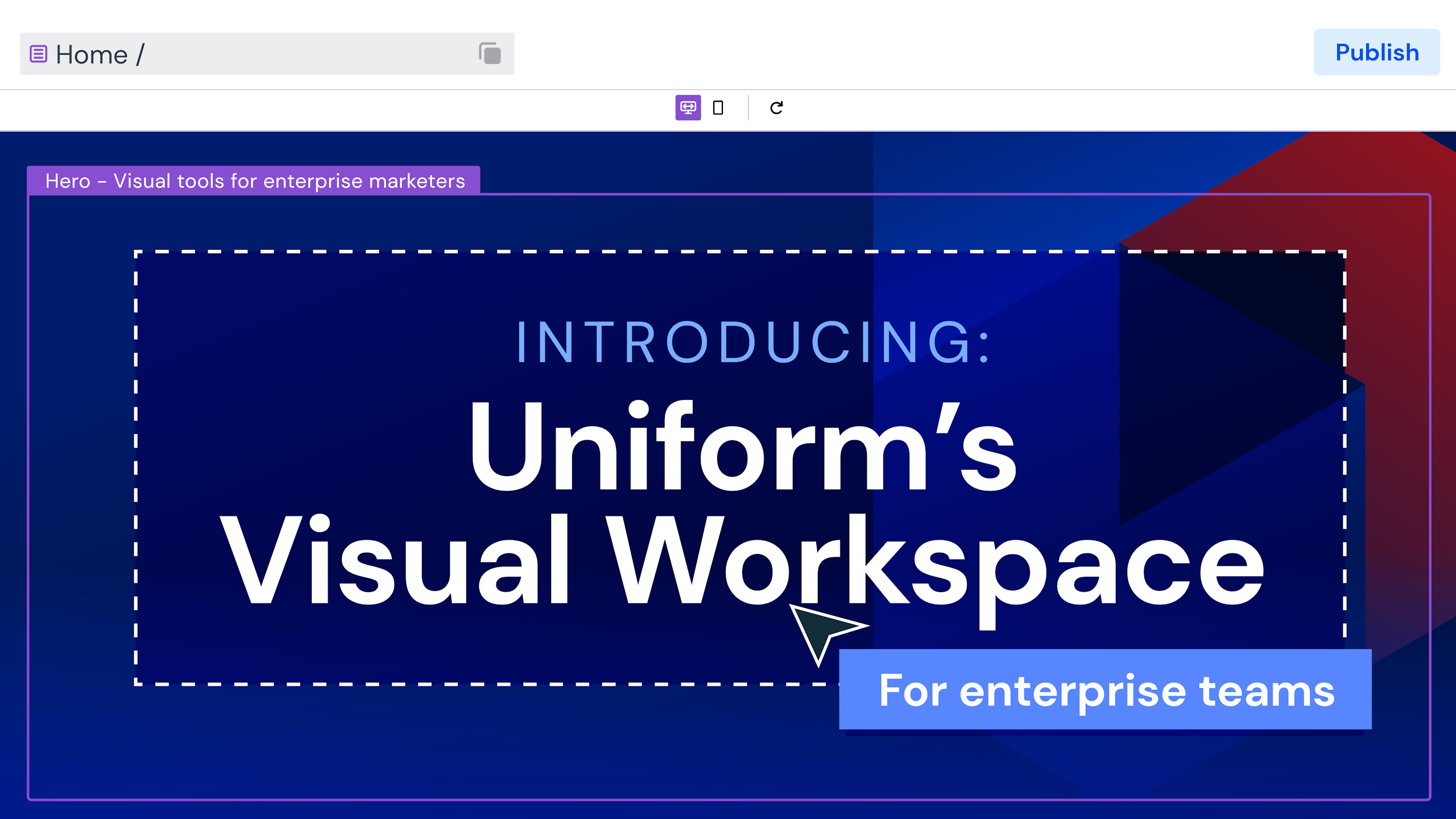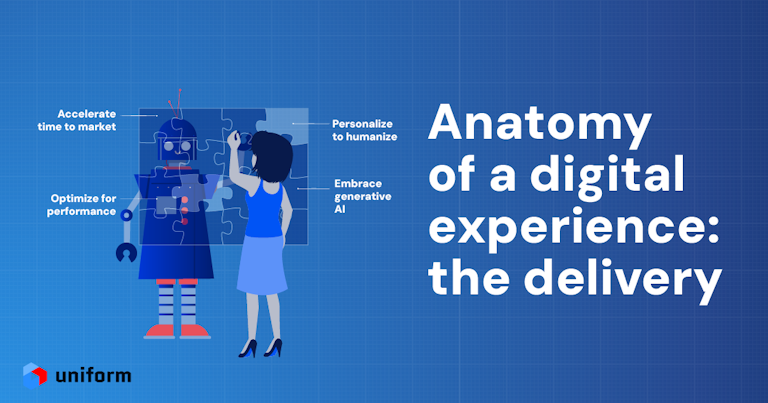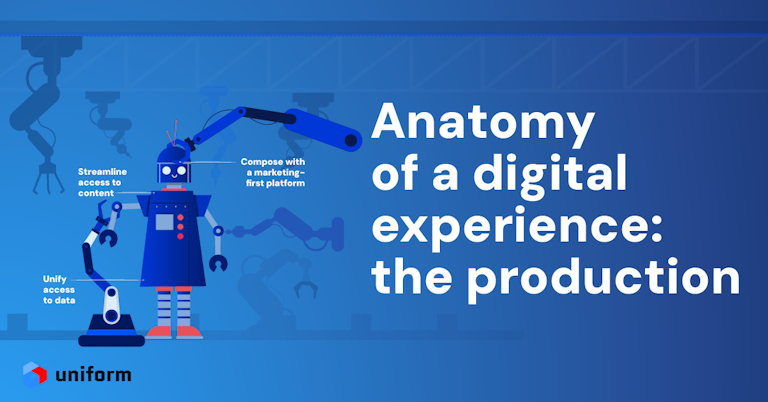Uniform blog/Personalizing shopping experiences with headless commerce
Personalizing shopping experiences with headless commerce
Personalizing shopping experiences with headless commerce
In today’s all-encompassing digital world, shoppers desire personalized, dynamic, and convenient experiences. To meet those expectations and stay competitive, many businesses must adopt new operation models and technologies, often revising workflows in a rush.
Below are questions whose answers will help you plan the ins and outs of personalizing shopping experiences for your audience.
Where is your content?
There are many kinds of personalization, the most effective one of which is matching your audience with the most relevant content. As a prerequisite, you must have enough material based on which to tailor and generate audience-specific content quickly. The obvious question follows: Where do you harvest that material?
But of course, your site contains content like product details from the commerce system. Additionally, you can often source engaging content from such places as your content management system (CMS), whose content you must be able to access just as easily as you can data from the commerce system. Ideally, you can build shopping experiences that seamlessly and efficiently incorporate content from multiple systems with a single tool.

How will you specify, display, and maintain the instructions for personalization?
Personalization involves a condition (e.g., a response from the visitor to an email campaign) and an action (e.g., the display of the details that pertain to a promotion), collectively called instructions. Depending on the tool you use, you can specify them through a manual or an automated process, or a combination of both.
Furthermore, think about how to update those instructions, which, if incorporated into the tools in use by your stakeholders (designers, marketers, etc.), would lead to higher efficiency. Two examples:
- To create content that targets customers who haven’t made a purchase for a while, marketers should be able to associate that content with those customers as part of the process.
- To fine-tune and personalize the shopping experience with customized products across channels, brands should be able to query shoppers about their preferences. Shoppers usually welcome such interactions and might share even more details down the road.
How will you classify visitors?
Of importance is how you capture and analyze your audience-specific data—their location, their device, the products they’ve looked at, the content of their cart, their order history. All that information serves as a primary source for personalization.
For example, from responses to an email campaign, you can determine if the senders might be interested in a new product. You can also evaluate if they might like to be introduced to certain related products. A tool with which merchandisers and marketers can classify visitors and incorporate the information into the content-creation process would be invaluable.
How will you load your site fast?
Over the past years, brands have had to take a hard look at the performance—or lack thereof—of their online properties. Not only are visitors increasingly impatient with sites and apps that take too long to load, but also Google prioritizes site performance in its search rankings and penalizes slow sites.
To ensure that personalization does not slow down page loads, choose the right architecture for your personalization engine. The traditional way of leveraging server-side or client-side rendering delivers sluggish performance. In contrast, the new edge-side approach is fast and instantly scalable worldwide.
How will you measure success?
Even though analytics is a standard part of personalization tools, its data and reports are often stored separately from your other analytics data. To avoid data silos, look for a way to mix the personalization analytics into your analytics tools.
As more shoppers clamor for personal connections with brands, simple, smooth, and pleasing experiences are a big draw. Given that, increasingly, a lack of personalization shrinks audience loyalty and revenue, implementing that feature is crucial.




